deepeye.hu
Astronomical Drawings of Peter Kiss
Astronomical Drawings of Peter Kiss




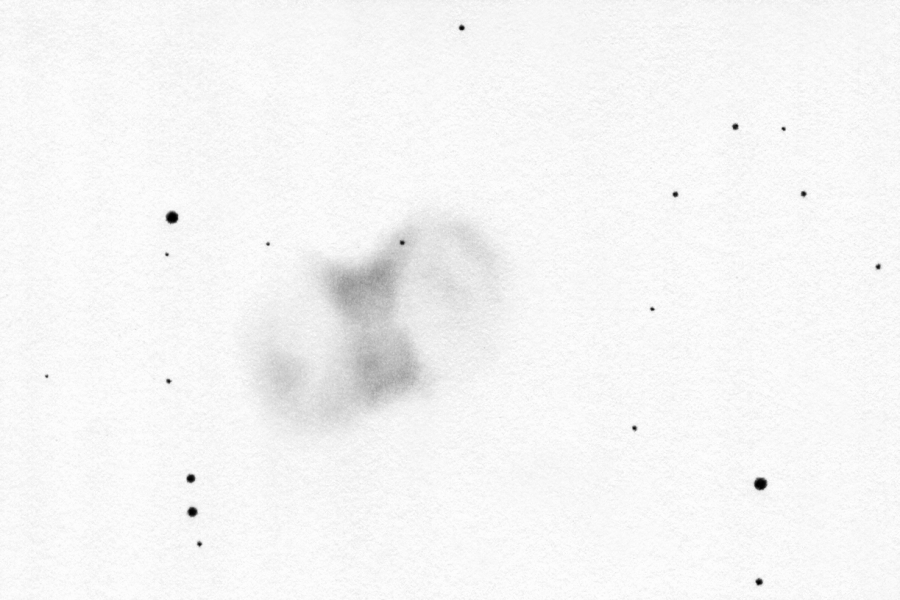
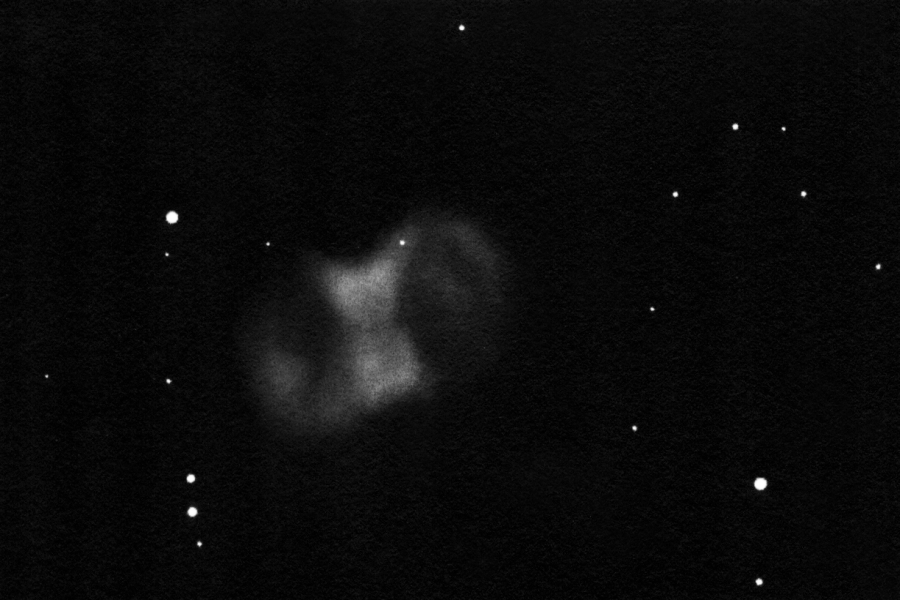
M 76 (Messier 76) might not be the most spectacular object in the Messier list nevertheless I really like this little nebula. This planetary nebula which is neither small nor faint showed remarkable details even on the very poor sky (due to the smoke of the Canadian forest fires reaching central Europe). I drew the stars without a filter and most of the nebula unfiltered as well. But I used an [OIII] filter as well and practically drew all the details I could see either unfiltered or in [OIII]. Both lobes of the bipolar nebula are inhomogenious with many details that can be drawn by position. The Southern (up on the drawing) more triangular part is brighter and the Northern more rectangular one is a bit fainter. Many details are visible in the halo of the planetary nebula as well. I didn't see the central star which is supposed to be 15.9m. But I didn't even look for it.

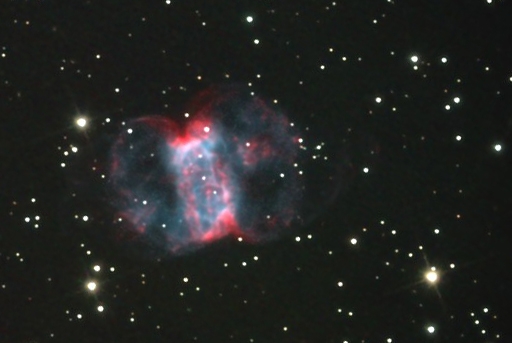
Robert J. Vanderbei's photograph can be seen on the left that was made using a 10" RC telescope. I rotated and cropped the original image so that it covers about the same area of the sky as my inverted drawing,
The red color of the nebula comes from hydrogen-alpha (and-or NII) emisson while the bluish color is due to doubly ionized oxygen's 500.8 nm [OIII] line. Mainly the latter one is responsible for the visual appearance of the nebula.
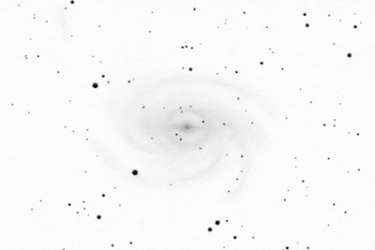
Pavo galaxy
The grand spiral galaxy of Pavo
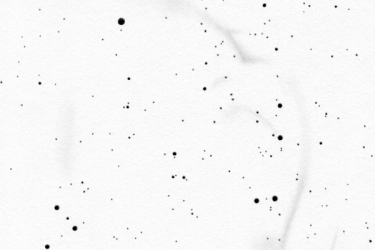
Panorama drawing
Huge and faint supernova remnant in the southern sky
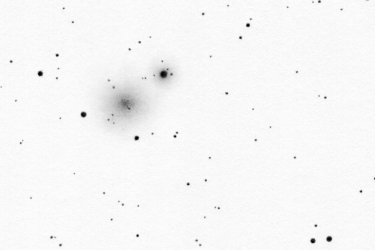
Centaurus globular cluster
The second globular in Centaurus
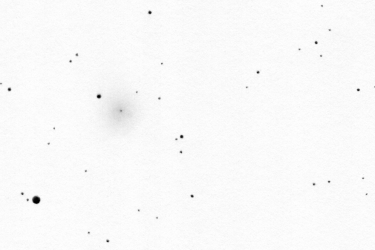
Apus globular cluster
Globular cluster close to the Southern celestial pole
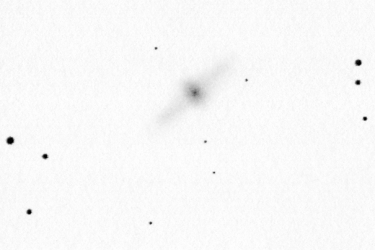
Centaurus galaxy
Polar ring galaxy
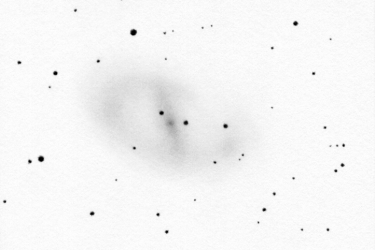
Ara galaxy
Barred spiral galaxy in the thick of the Milky Way